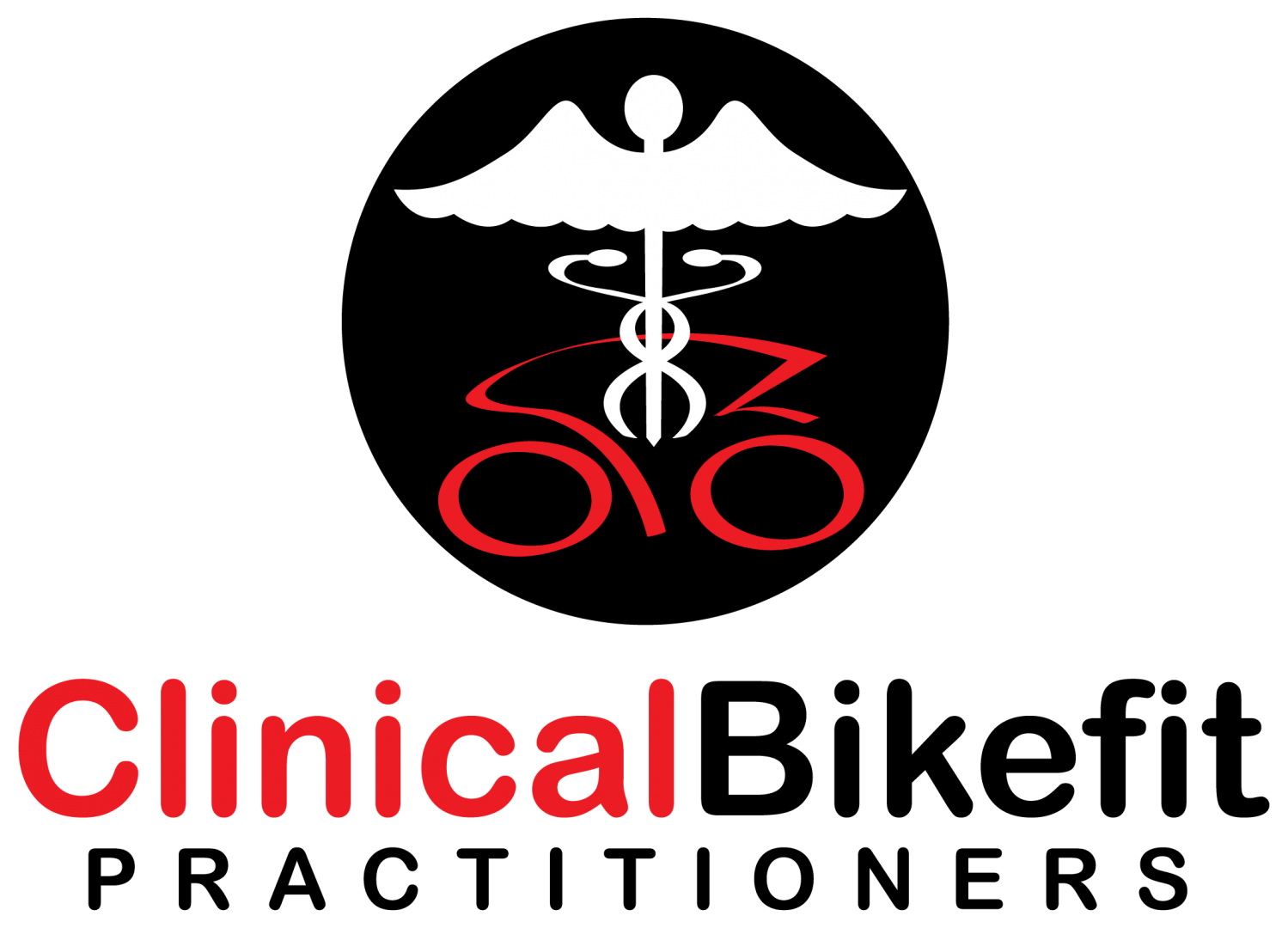BACK PAIN CYCLING:
Most, if not all cyclist and triathletes experience anything from mild discomfort to extreme pain in the low back region. It helps to consider bilateral back pain in the context of musculoskeletal tension and range of motion.
Contributing factors include but are not limited to:
Saddle Height
Leg over-extension when pedaling can influence the pelvic angle, increased plantar flexion, reduced stability and symmetry leading to low-back tension.
Leg under-extension impact leverage leading to ineffective hip angle which can reduce pelvic stability, delay gluteal activation across the top of the stroke leading to low back tension.
Saddle Fore/Aft
Shifting center of mass too far forward increases trunk ballast and upper body muscle recruitment, which can increase upper back pain — especially in the context of asymmetries.
Shifting center of gravity back increases posterior tension from head to heels, and upper trapezius activation from shoulders to skull, typically localized in the lumbar spine that is trying to cope with being positioned horizontally
Saddle Shape/Width/Taper/Density
Individuals presenting with asymmetrical pelvic obliquity/rotation may experience unilateral low back pain when sitting on wide/symmetrical saddles.
Handlebar Width
Handlebars can adversely impact the shoulders, upper back and breathing efficiency when incorrectly sized — which frequently resides outside typical measurement protocols.
Handlebar Shape
Hand position can impact wrists, elbows, shoulders, upper back. Unnatural hand positions for mtb/road and incorrect elbow and hand position for time trial can alter torso/upper back leading to ineffective breathing patterns and back pain.
Shoe/Pedal Interface
Adjustments at the shoe/pedal alter foot, leg and hip mechanics, pelvic obliquity/rotation and in turn low back function. Improper adjustments in this area tend to produce unilateral low back pain.
